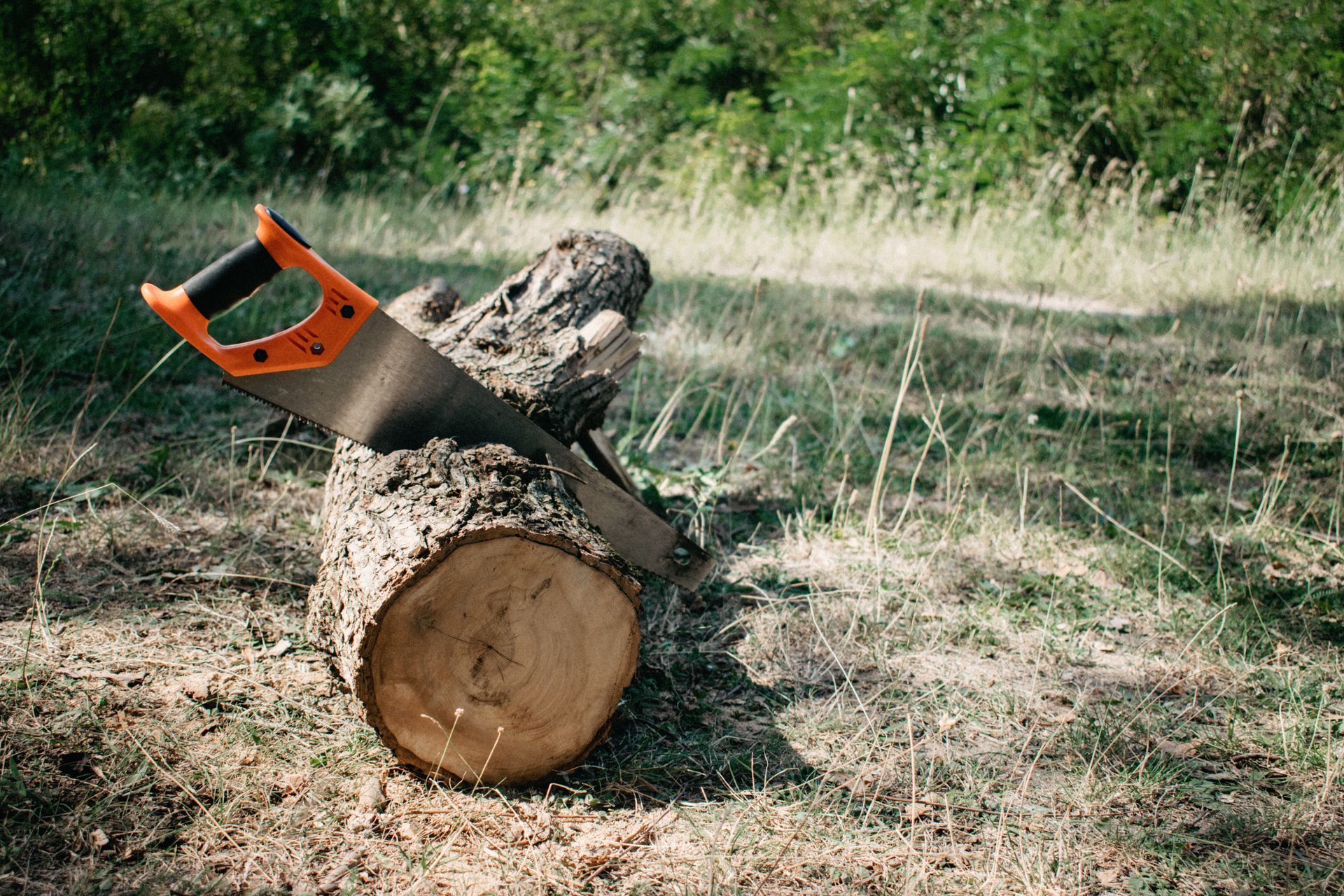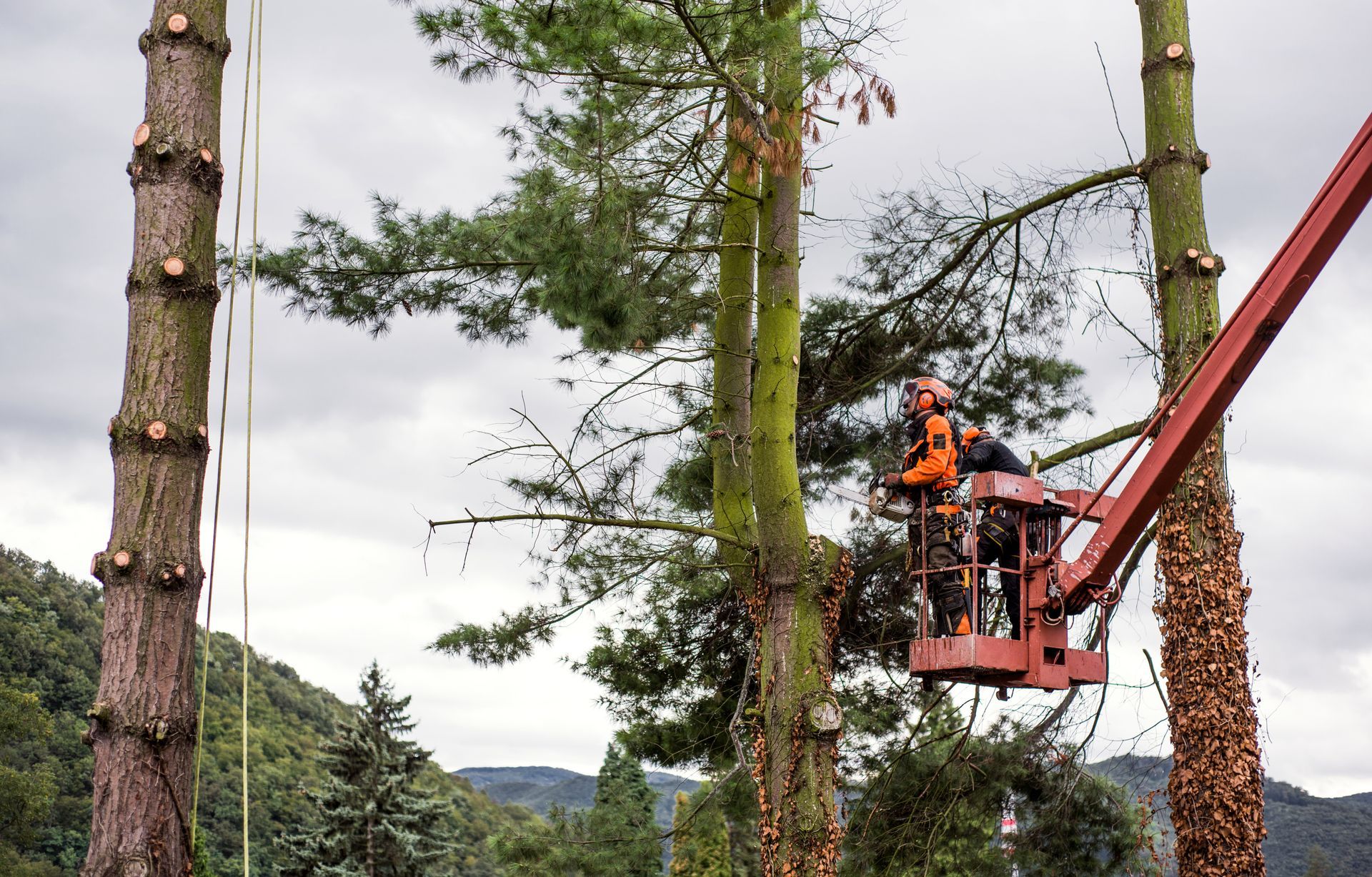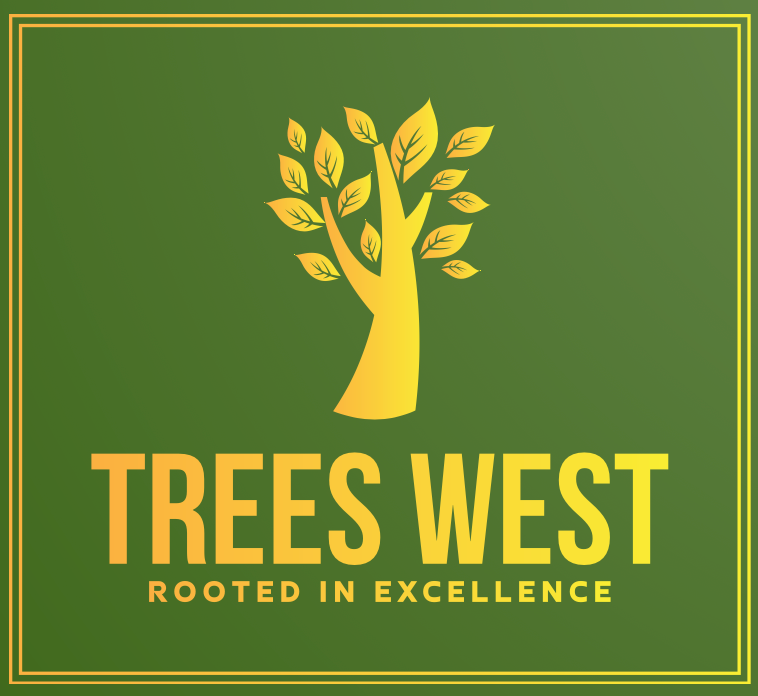Understanding the Basics of Tree Trimming
In this article, we will delve into what tree trimming means, its importance, and some practical tips to help you maintain your trees. By the end, you'll have a comprehensive understanding of the various aspects of tree trimming, including when and how to perform it, as well as when to seek professional help.
What Does "Trim the Tree" Mean?
When we talk about trimming a tree, we're referring to the act of cutting away overgrown branches and leaves. This process is not arbitrary; it involves precise cuts to achieve specific outcomes, such as maintaining the tree's health, improving its appearance, and ensuring it doesn't pose a danger to people or property. Each cut is made with the tree's long-term health in mind, often necessitating a deep understanding of the tree species and its growth patterns.
Trimming can involve removing dead or diseased branches, thinning out dense canopies to improve light penetration, or shaping the tree to enhance its natural form. This practice is crucial for preventing potential hazards, such as falling limbs during storms, and for encouraging robust growth. The term "trim the tree" can sometimes be confused with "pruning." While both involve cutting branches, pruning is more about removing specific parts of a tree for health reasons, like disease or damage, whereas trimming is mostly about aesthetics and maintenance. Pruning is generally more targeted and can involve more drastic cuts, focusing on the tree's health and productivity.


The Importance of Tree Trimming
Proper tree trimming offers a range of benefits, from enhancing the beauty of your landscape to ensuring safety and promoting the health of your trees. Consistent trimming can also prevent larger issues from arising, such as structural damage to the tree or the spread of disease. Here's why tree trimming should be part of your regular yard maintenance routine:
1. Enhancing Aesthetics
Trimming your trees can dramatically improve the appearance of your property. A well-manicured tree can serve as a focal point in your landscape design, drawing attention to other features of your yard. Well-maintained trees add a polished look to your landscape, boosting your home's curb appeal. By shaping the tree and removing overgrown branches, you can highlight the natural beauty of your trees and create a more attractive yard. Moreover, strategic trimming can also improve the view from your home, allowing you to enjoy the scenery beyond your property.
2. Promoting Tree Health
Tree trimming helps in removing dead, diseased, or infested branches. This not only prevents the spread of disease but also encourages new growth and strengthens the tree. By allowing more sunlight and air circulation through the canopy, you can significantly improve the overall health of your trees. Enhanced air circulation can reduce the risk of fungal infections, while increased sunlight supports photosynthesis, vital for the tree's growth and vitality.
3. Ensuring Safety
One of the primary reasons for tree trimming is safety. Overgrown branches can pose a risk to your home, especially during storms. Trimming reduces the risk of falling branches that could cause damage to your property or harm to people. Additionally, keeping branches clear of power lines is crucial for preventing electrical hazards. Regular trimming can also prevent branches from obstructing pathways or driveways, reducing the risk of accidents.
4. Encouraging Fruit Production
For fruit-bearing trees, regular trimming can boost the production of fruit. By removing old and unproductive branches, you allow the tree to focus its energy on growing more fruit, increasing both the yield and quality. Trimming also helps in controlling the size of the tree, making it easier to harvest the fruit. Furthermore, well-trimmed trees are less likely to suffer from pest infestations, which can negatively impact fruit quality.
When Is the Best Time to Trim Your Trees?
Knowing when to trim your trees is crucial for their health and growth. Timing your trimming activities can maximize the benefits and minimize potential harm. While tree trimming can be done at any time of the year, there are certain seasons that are more beneficial:
- Winter: This is typically the best time to trim most trees. During the dormant season, trees are less susceptible to disease and pests, and the lack of leaves makes it easier to see the tree's structure. Trimming during this time can lead to a vigorous burst of new growth in the spring.
- Spring and Summer: Light trimming can be done during these months, particularly if you're removing dead branches or shaping the tree. However, avoid heavy trimming as it can stress the tree during its growing season. Excessive trimming can deprive the tree of the foliage it needs to produce energy, potentially stunting its growth.
- Fall: It's generally best to avoid trimming in the fall, as decay fungi spread their spores profusely, and healing of the cuts is slower. Trees are also beginning to enter dormancy, and trimming can disrupt this natural process, leaving them vulnerable to winter damage.
DIY Tree Trimming Tips
As a homeowner, you might be inclined to handle tree trimming yourself. While this can be a cost-effective and rewarding task, it requires careful planning and execution. Here are some tips to guide you:
1. Use the Right Tools
Invest in quality tools such as pruning shears, loppers, and a pruning saw. High-quality tools make the task easier and reduce the risk of injury. Make sure your tools are sharp and clean to make precise cuts and prevent the spread of disease. Regularly cleaning your tools after each use can help prevent the transmission of pathogens between trees.
2. Know Your Tree
Understanding the specific needs of different tree species is important. Each species has unique growth patterns and requirements, which can impact how and when they should be trimmed. Some trees require more frequent trimming, while others need minimal maintenance. Research the trees in your yard to know when and how to trim them properly. This knowledge can prevent you from inadvertently harming your trees by trimming at the wrong time or in the wrong way.
3. Avoid Over-Trimming
Over-trimming can harm your trees by removing too much foliage, which can stunt growth and make them more susceptible to disease. Foliage is essential for photosynthesis, and excessive removal can weaken the tree. A good rule of thumb is to remove no more than 25% of a tree's canopy at one time. This practice ensures that the tree retains enough foliage to remain healthy and continue growing.
4. Safety First
Always prioritize safety when trimming trees. Wear protective gear, work with a partner, and use a stable ladder if needed. Proper safety precautions can prevent accidents and injuries. Be cautious of power lines and consider hiring a professional for high or difficult-to-reach branches. Remember, it's better to be safe and seek professional help than to risk injury or damage.
When to Call a Professional
While DIY tree trimming can be manageable, there are situations where it's best to call in the experts. Professional arborists have the skills and equipment to handle complex trimming tasks safely and efficiently. Here are some instances where professional help is advisable:
- Large Trees: Trimming large trees can be dangerous without the proper equipment and expertise. Professionals have the experience and tools needed to handle large branches safely. They can also assess the overall health and structure of your trees, providing valuable insights and recommendations.
- Complex Trimming Needs: If your trees require more than basic trimming or have structural issues, a professional can assess and address these challenges effectively. Professionals can identify signs of disease or pest infestations that may not be apparent to untrained eyes.
- Safety Concerns: If branches are near power lines or overhanging structures, it's best to hire professionals to avoid accidents. They have the knowledge and equipment to safely navigate these hazardous situations, protecting both you and your property.
Conclusion
Understanding the basics of tree trimming is vital for maintaining a beautiful and healthy yard. Regular trimming not only enhances the aesthetic appeal of your property but also promotes tree health and ensures safety. By keeping your trees well-maintained, you contribute to a thriving ecosystem and increase your property's value.
By following the tips outlined in this article and knowing when to call in the professionals, you can enjoy the benefits of well-maintained trees for years to come. Remember, at Trees West, LLC, we are always here to help with your tree care needs, ensuring your trees remain strong and beautiful members of your landscape. Our team of experts can provide tailored solutions to meet your specific tree care requirements.
Feel free to reach out to us for expert advice and services tailored to your specific tree care requirements. Whether you need a routine trim or have a complex tree situation, our professional team is ready to assist you in maintaining a safe and aesthetically pleasing environment.
Location: Buckeye, AZ 85396
Phone:
(623) 340-1971
Email:
treeswest@gmail.com
